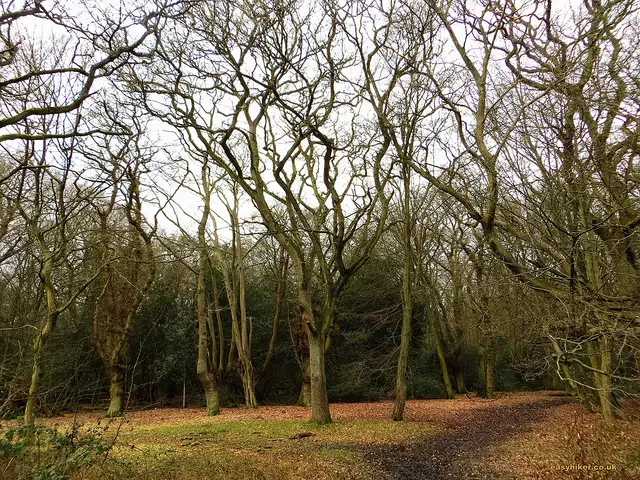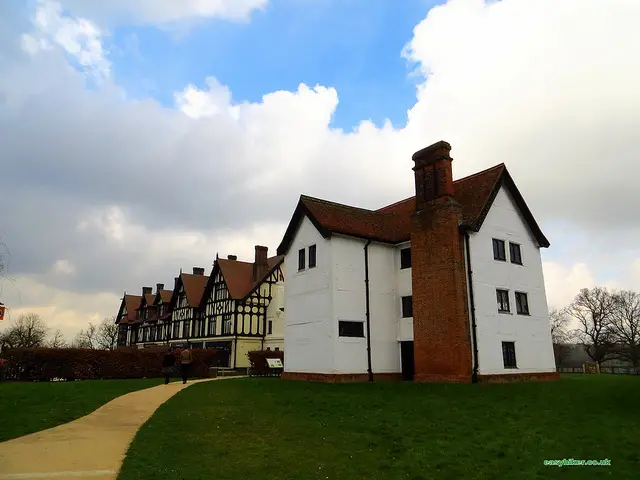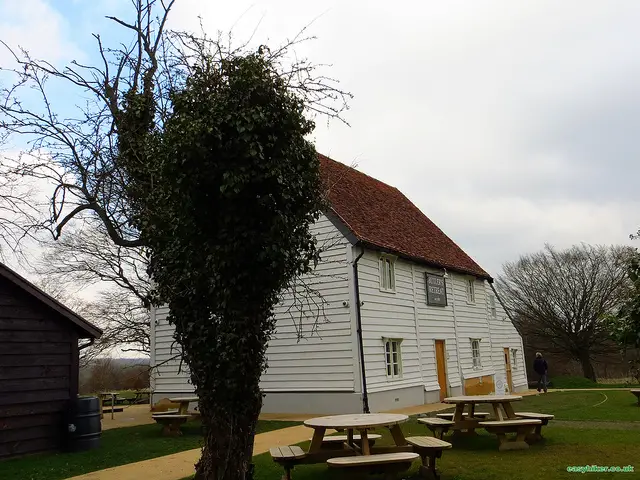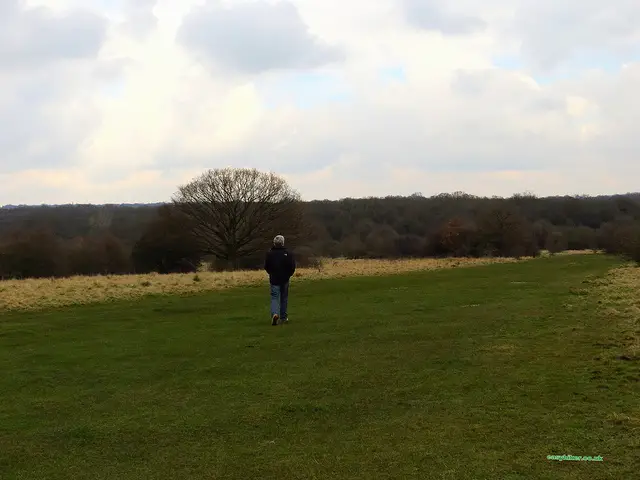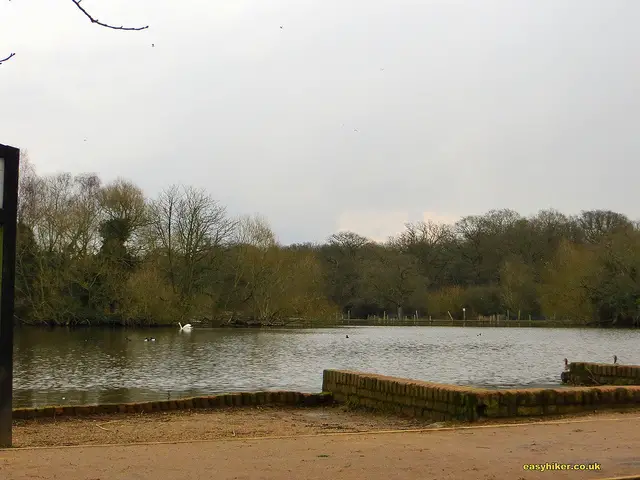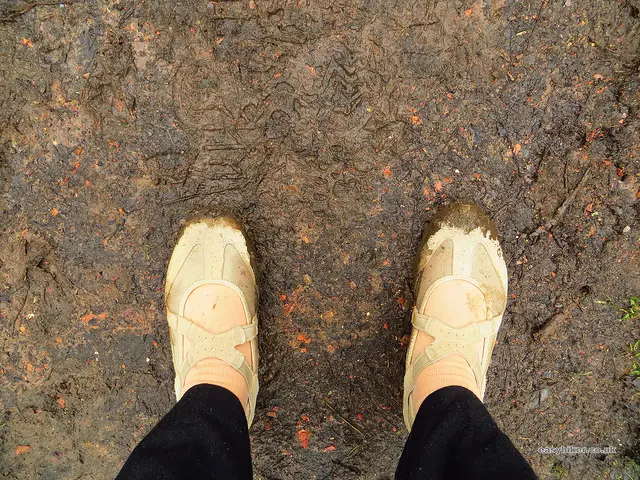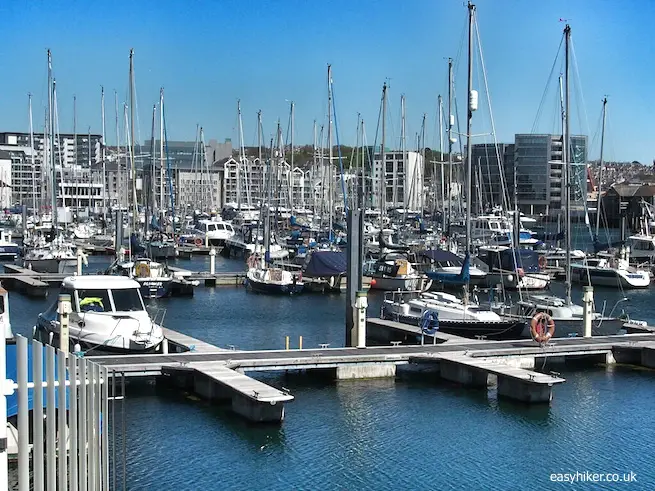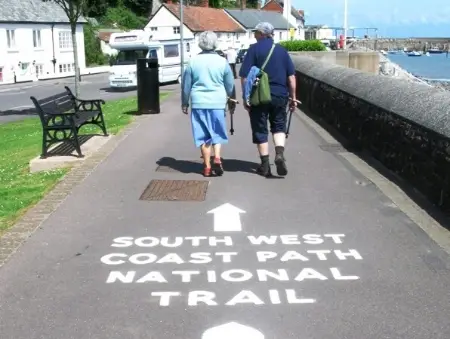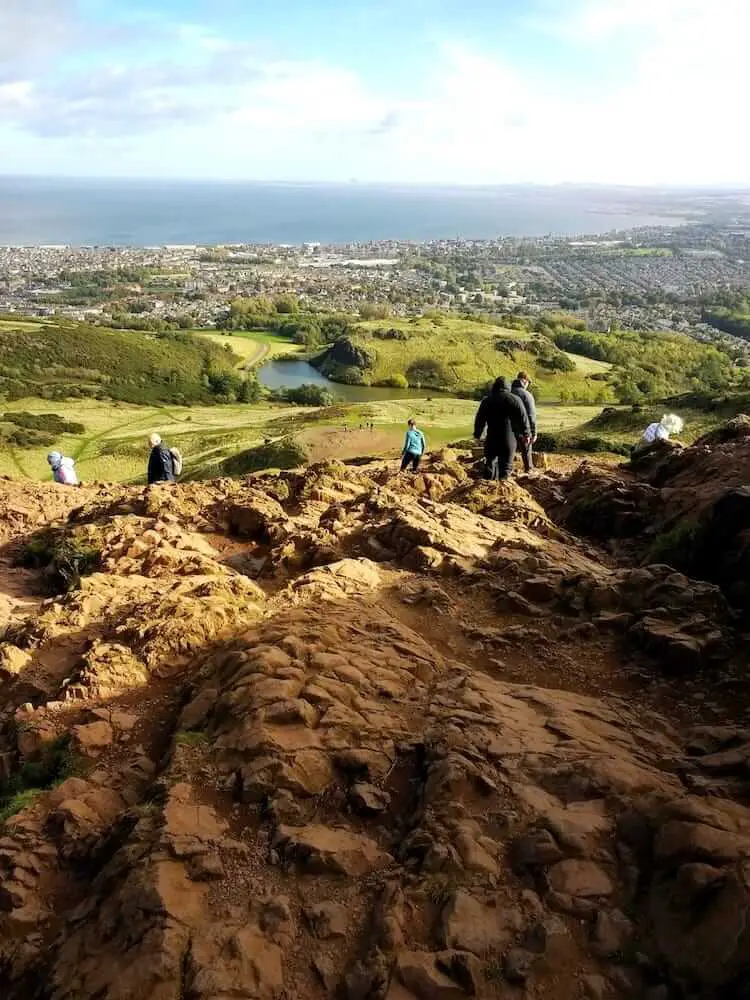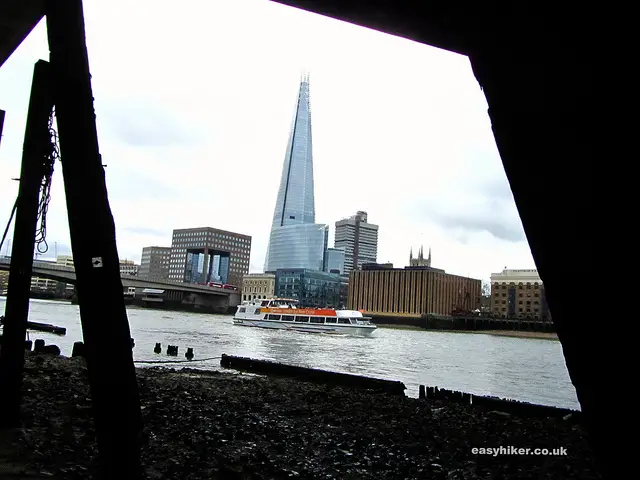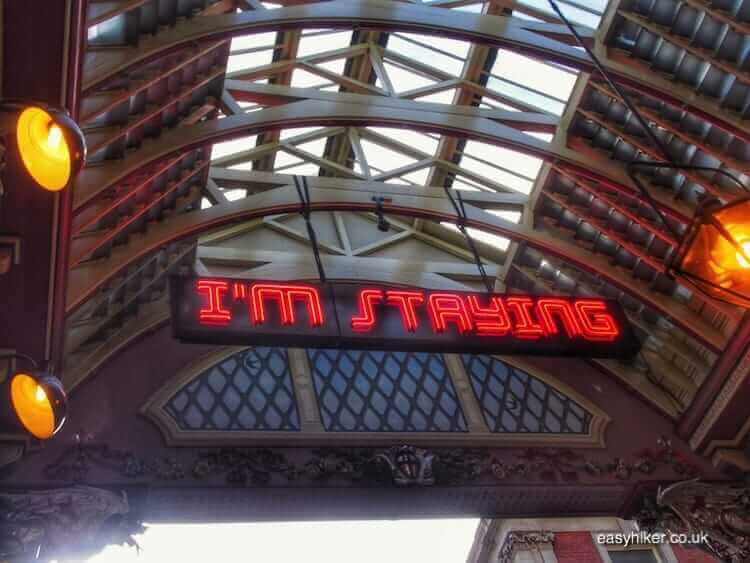Power to the People’s Forest
We will spend the next couple of weeks in London where we will do some urban walking as well as some “proper” hiking, too, starting today by exploring the biggest public outdoor space in the British capital.
Any idea what that might be? Hands up everybody who said Hyde Park. Don’t worry, I would have said so too, and I lived in London for ten years.
In fact, it’s the ancient woodland of Epping Forest, which is not just bigger than Hyde Park (including Kensington Gardens) but with roughly 6000 acres, about ten times bigger.
Many Londoners will be only dimly aware of its existence, but it is a safe bet that these Londoners all live in the western parts of the metropolis, because in the East End, Epping Forest has for many years been known as a great day trip destination – which is why it is also known as the “green lungs” of East London or the “People’s Forest”.
The Central Line runs to the east of Epping Forest, and you can access the woodland from all stations between Loughton and Epping, but it is probably most convenient to approach it from the southern end of Chingford station on the suburban railway line from Liverpool Street.
Turn right out of the station and continue up the hill. We are still in suburban London, although some evidence appears to indicate that we are approaching the “real” countryside.
In fact, the Epping Forest is – technically speaking – “common land” rather than an “enclosure” (i.e. privately owned property), which reflects its long history as a royal estate. Even in the old days, while only the royal family was entitled to hunt here, the farmers in the neighbourhood were allowed to use the area for grazing their cattle – a right that was preserved when the land was eventually handed over to the local government.
On the cusp of the hill, just behind the large mock Tudor hotel, you can find Elizabeth’s Hunting Lodge, an authentic Tudor building, commissioned by Henry VIII in 1543, although it is unknown whether he or his daughter Elizabeth actually ever used it.
The building was designed as a “gallery” from which to observe the hunts that were going on in the area. At the time, the word “forest”, from the Latin foris = outside, specified any royal hunting ground “outside the common law of the country”, whether wooded or not.
We are on safer ground with the next building that we come across: Butler’s Retreat, the shed a few steps behind the Lodge, which is one of many “forest retreats” that were constructed after Queen Victoria had opened up the Epping Forest to the public in 1878.
Butler’s, constructed in 1891 (today, a listed building), used to be much bigger and was capable of serving up to 600 people at a time on a busy weekend – of which there were many because the Epping Forest attracted such enormous numbers of day trippers in the late 19th century that it became known as the “Cockney’s Paradise”.
Turn left behind Butler’s on the path to cross Chingford Plain. A hundred years ago, this area would have been full with food stalls, fairground attractions and donkey rides. (Today, the “Cockneys” are presumably all at home, playing video games. That’s progress for you.)
At the bottom of Chingford Plain, the path forks three ways. Take the middle path for Connaught Water, the largest of the many ponds in the area, and make your way clockwise around it.
When the path, at the eastern edge of the lake, forks again, take the left turn, away from the pond (in northern direction). This path will lead you out of the Forest, across a small bridge on to a small asphalted country road.
After about 500 metres, turn back into the forest on the path to your left hand side and turn left again where this path forks. Now continue straight ahead, eventually following the arrows back towards Connaught Waters and the Hunting Lodge – from where you can return to Chingford station.
Are you still with me? I admit, this description sounds complicated, but even with more detailed instructions, the route would be difficult to find, mainly because none of the paths is numbered, named or marked in any other way.
The best strategy is probably to have a good look at one of the maps that you can find around Connaught waters near the start of the trail, perhaps to take a picture of it with your cell phone . And, when in doubt, use your natural sense of orientation.
There are several options for shorter and longer walks in the People’s Forest, too. Our walk was on the short side, at roughly 2 hours. For longer hikes I suggest a larger loop, possibly aiming for the King’s Oak pub in High Beach village.
Also bear in mind that this is not the Kalahari desert: you are never alone for long in the Epping Forest, and there are always friendly locals around who will be pleased to help you find your way back to Chingford station.
One word of warning for all fellow Epping Forest hikers: make sure you are wearing the right kind of footwear. When we visited the forest, it hadn’t rained hard for a week but the ground was marshy nevertheless. Most of the locals we saw had come in their Wellingtons.
I, at least, was wearing my hiking boots, but Mrs. Easy Hiker had, for some strange reason, decided to do this walk in some sort of “dainty walking slippers” – a folly for which she, or rather her shoes, eventually paid the ultimate price in the People’s Forest.
Don’t miss our coming London walks. Follow us on Facebook.

